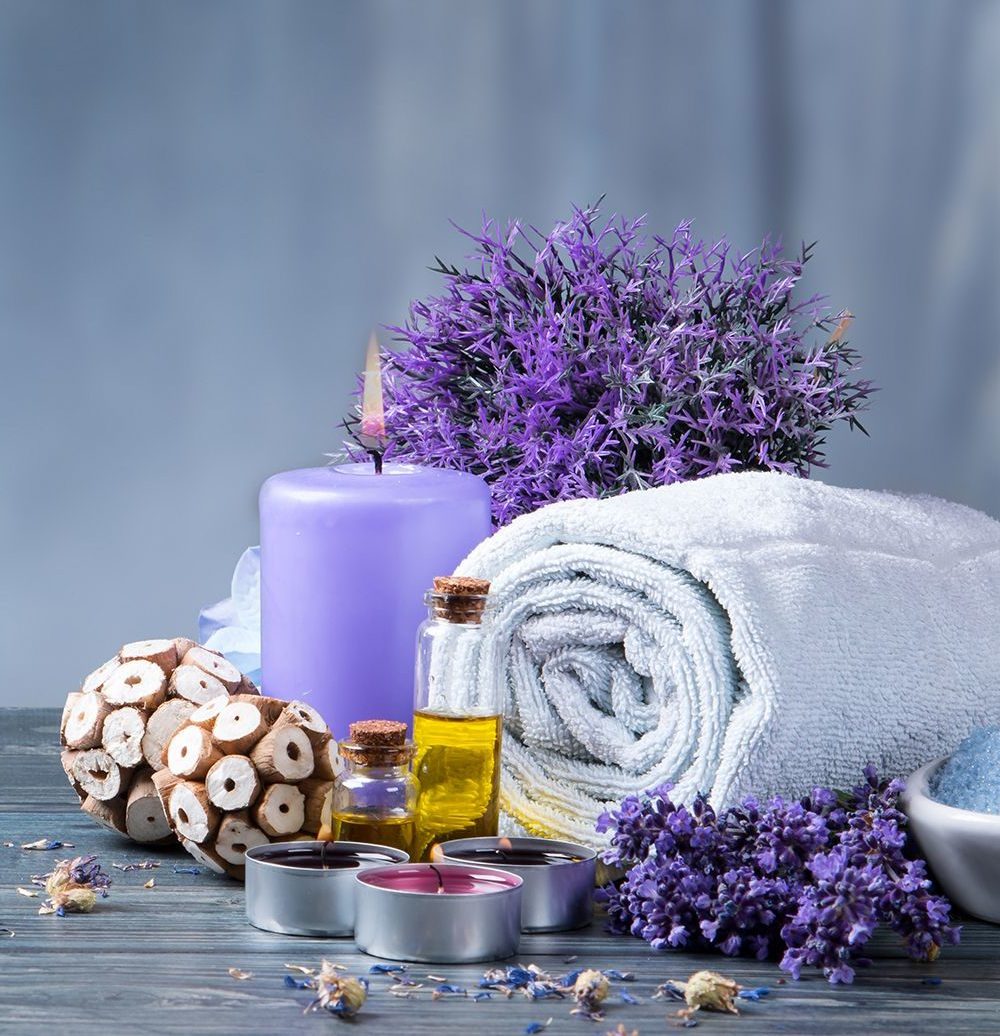Flower remedies are not new; there has been an ancient tradition of flower essences being used throughout the world by the Australian Aboriginals, the Egyptians, in India, Asia, South America and Europe. Hildegard von Bingen (12th century) and Paracelsus (15th century) both wrote about the use of flowering plants to treat health imbalances.
This healing method was popularized by Dr Edward Bach a renowned British practitioner of Bacteriology and Homoeopathy in the 1930’s using English flowering plants.
Dr Bach believed that disease originated with the mood and temperament of the patient and identified the following seven categories of negative states of mind, and developed a range of 38 flowers essences.
- Apprehension
- Uncertainty and Indecision
- Loneliness
- Insufficient Interest in Present Circumstances
- Over-sensitiveness to ideas and Influence
- Despondency and Despair
- Over-care for Welfare of Others
Since Bach, the work spread, fulfilling the need for remedies that would help people deal with the issues of the 21st century, resulting in hundreds of different remedies including essences produced from crystals and shells each unique in its healing power.
Ian white fifth generation herbalist developed the world renowned Australian Bush Flower Essences which explore the application of essences in areas such as communication, self-esteem, sexuality, learning, creativity, abundance and spirituality to name just a few.
Negative emotions and thoughts are treated by choosing a remedy to match the temperament of the patient and their current state of mind. They are not used directly for physical complaints, but for the sufferer’s worry and anxiety etc, as these states of mind are seen as primary causes of illness. The essences work on a vibrational level, allowing the life force to flow more freely as harmony is restored to the body.
Practitioners such as Homoeopaths, Naturopaths, Herbalists and Kinesiologists will often prescribe them as part of a treatment regime. They are completely safe, with no side affects.
Article by: Lyn Treloar






